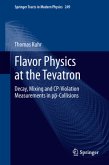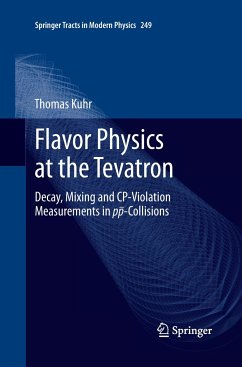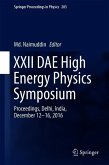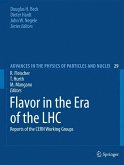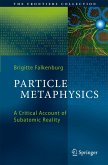The second edition of this monograph discusses the usefulness of heavy flavor as a probe of TeV-scale physics, exploring a number of recently-uncovered "flavor anomalies" that are suggestive of possible TeV-scale phenomena.
The large human endeavor at the Large Hadron Collider has not turned up any New Physics, except the last particle of the Standard Model, the Higgs boson. Revised and updated throughout, this book puts the first results from the LHC into perspective and provides an outlook for a new era of flavor physics. The author readdresses many questions raised in the first edition and poses new ones. As before, the experimental perspective is taken, with a focus on processes, rather than theories or models, as a basis for exploration, and two-thirds of the book is concerned with b -^ s or bs sb transitions. In the face of the advent of Belle II and other flavor experiments, this book becomes a part of a dialogue between the energy/collider and intensity/flavor frontiers that will continue over the coming decade.
Researchers with an interest in modern particle physics will find this book particularly valuable.
The large human endeavor at the Large Hadron Collider has not turned up any New Physics, except the last particle of the Standard Model, the Higgs boson. Revised and updated throughout, this book puts the first results from the LHC into perspective and provides an outlook for a new era of flavor physics. The author readdresses many questions raised in the first edition and poses new ones. As before, the experimental perspective is taken, with a focus on processes, rather than theories or models, as a basis for exploration, and two-thirds of the book is concerned with b -^ s or bs sb transitions. In the face of the advent of Belle II and other flavor experiments, this book becomes a part of a dialogue between the energy/collider and intensity/flavor frontiers that will continue over the coming decade.
Researchers with an interest in modern particle physics will find this book particularly valuable.



